- / Work/
Scenes From the Pilgrim Story
On this page
Images #
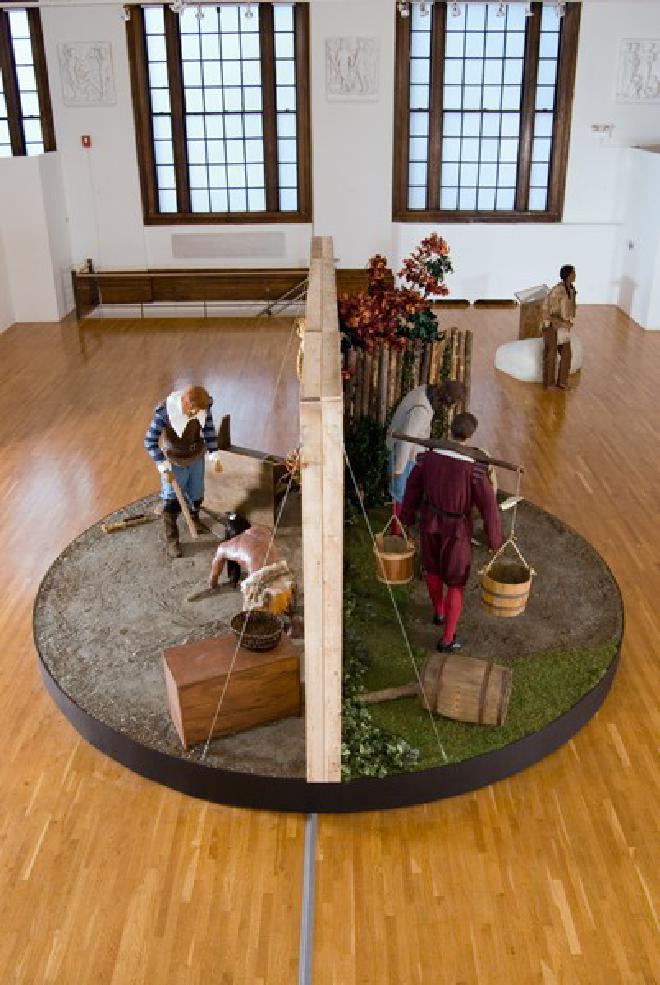
Installation view, Stephen D. Paine Gallery, Massachusetts College of Art and Design, 2006
Mixed media, motorized platform
9′ × 16′
Photo credit: John Paul Doguin
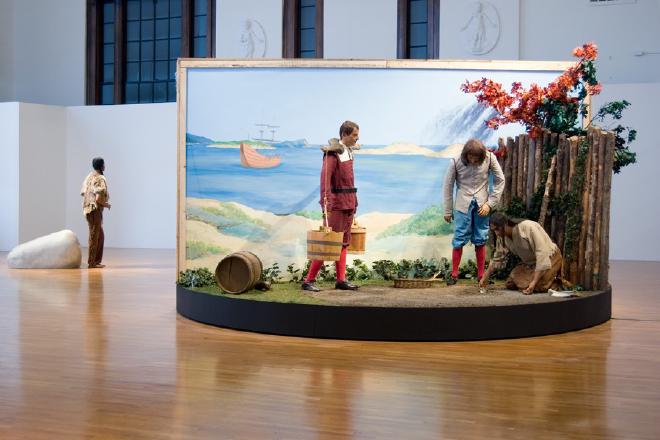
Installation view, Stephen D. Paine Gallery, Massachusetts College of Art and Design, 2006
Mixed media, motorized platform
9′ × 16′
Photo credit: John Paul Doguin
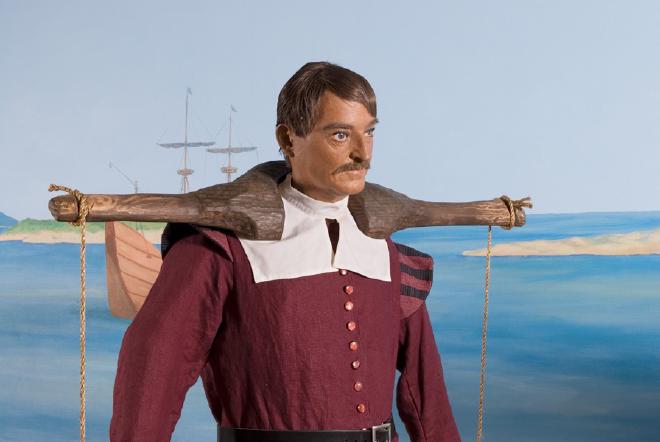
Mixed media, motorized platform
9′ × 16′
Photo credit: John Paul Doguin
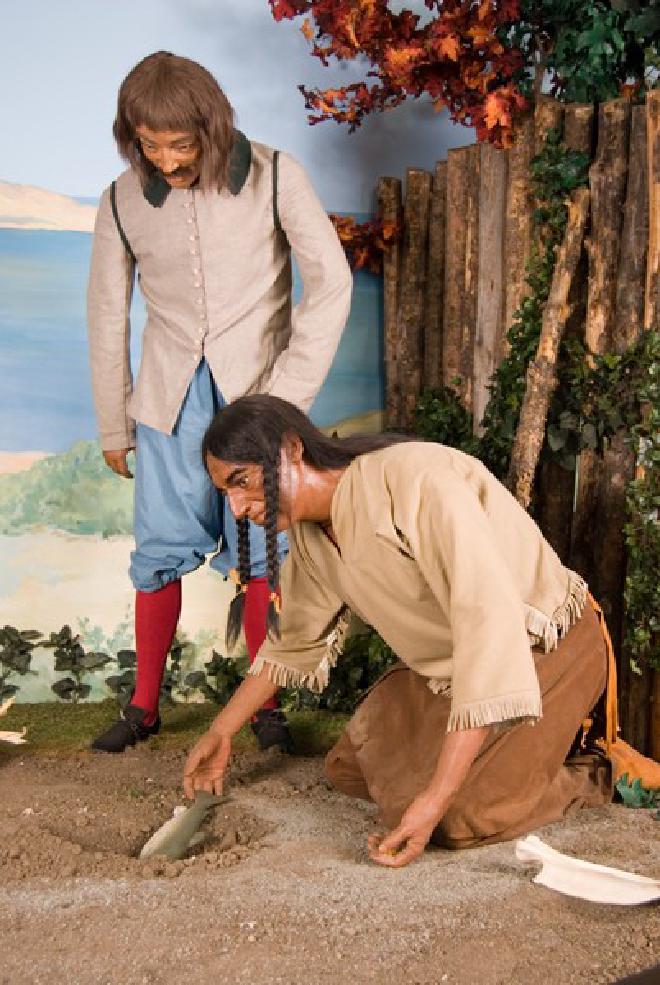
Mixed media, motorized platform
9′ × 16′
Photo credit: John Paul Doguin
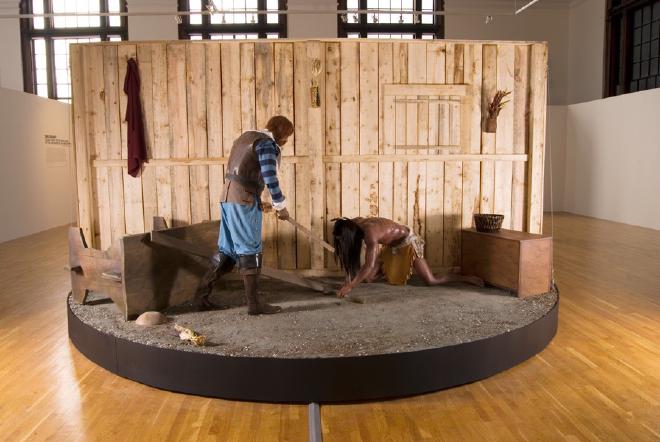
Installation view, Stephen D. Paine Gallery, Massachusetts College of Art and Design, 2006
Mixed media, motorized platform
9′ × 16′
Photo credit: John Paul Doguin
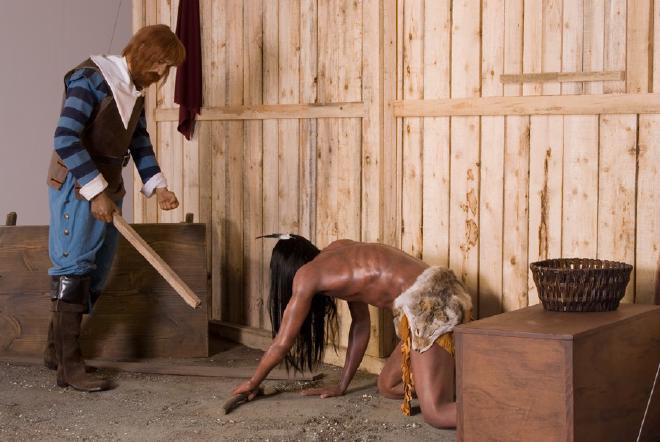
Mixed media, motorized platform
9′ × 16′
Photo credit: John Paul Doguin
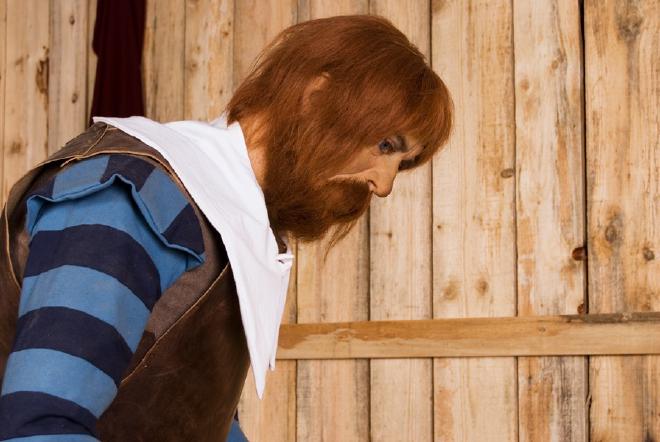
Mixed media, motorized platform
9′ × 16′
Photo credit: John Paul Doguin
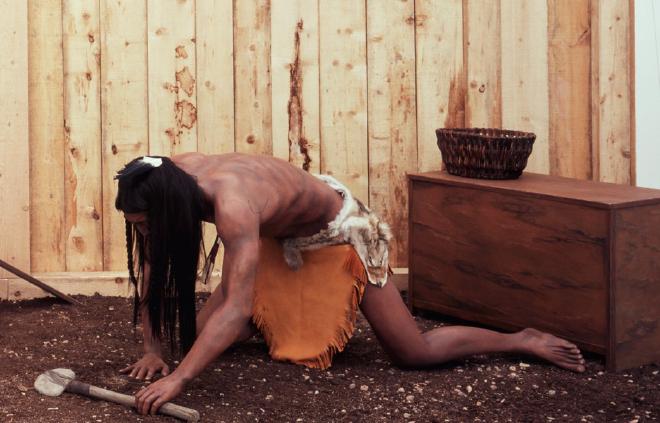
Mixed media, motorized platform
9′ × 16′
Photo credit: John Paul Doguin
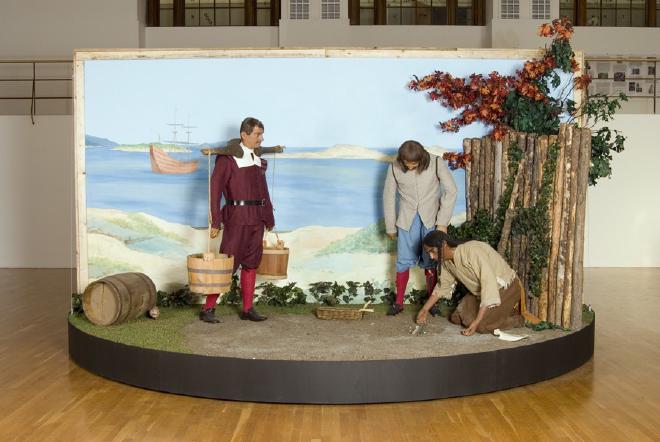
Foreground: Pilgrims and Indians, Planting and Reaping, Learning and Teaching, 2006
Installation view, Stephen D. Paine Gallery, Massachusetts College of Art and Design, 2006
Mixed media, motorized platform
9′ × 16′
Photo credit: John Paul Doguin
“)
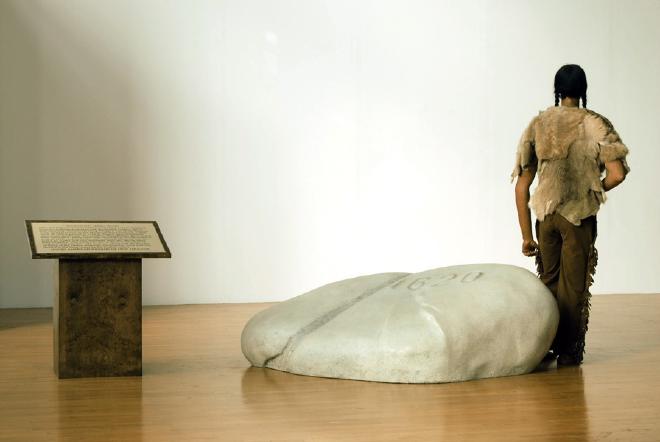
Mixed media: fiberglass, wood, steel, polyurethane, synthetic hair, fur, synthetic fur, leather, acrylic
Dimensions vary
Photo credit: John Paul Doguin
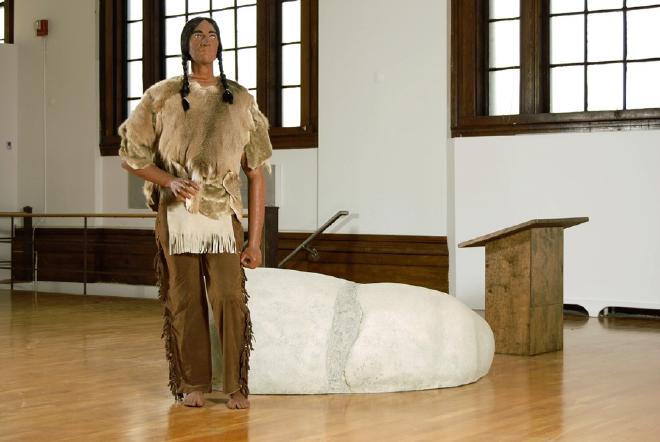
Mixed media: fiberglass, wood, steel, polyurethane, synthetic hair, fur, synthetic fur, leather, acrylic
Dimensions vary
Photo credit: John Paul Doguin
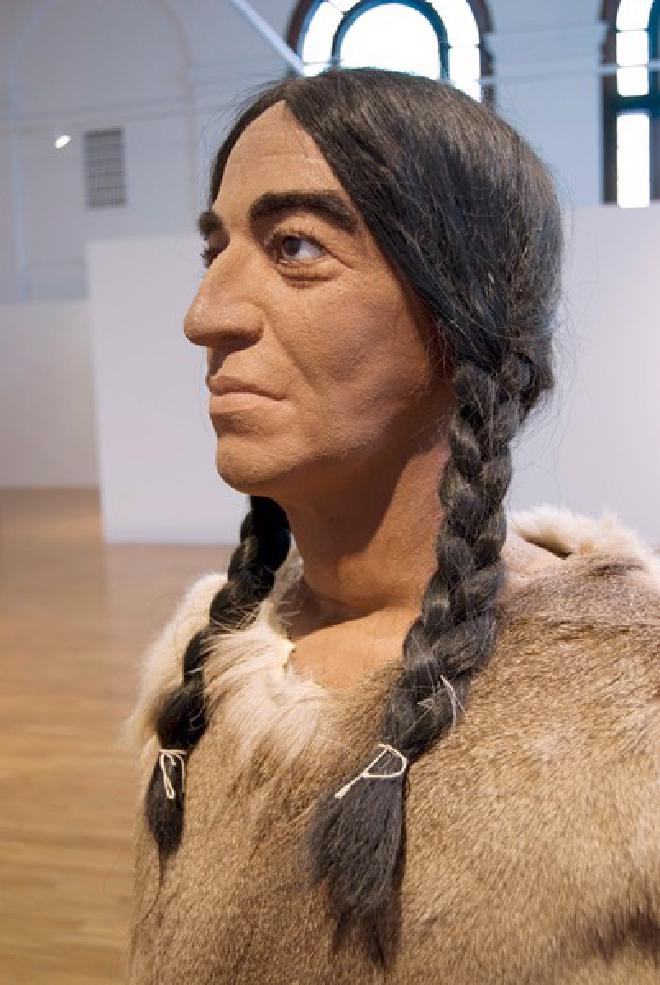
Mixed media: fiberglass, wood, steel, polyurethane, synthetic hair, fur, synthetic fur, leather, acrylic
Dimensions vary
Photo credit: John Paul Doguin
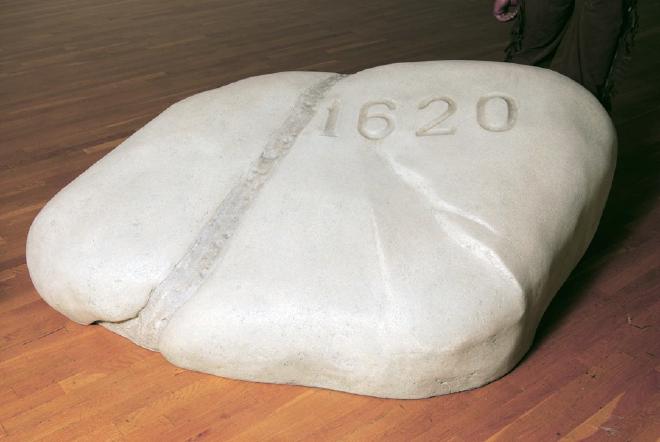
Mixed media: fiberglass, wood, steel, polyurethane, synthetic hair, fur, synthetic fur, leather, acrylic
Dimensions vary
Photo credit: John Paul Doguin
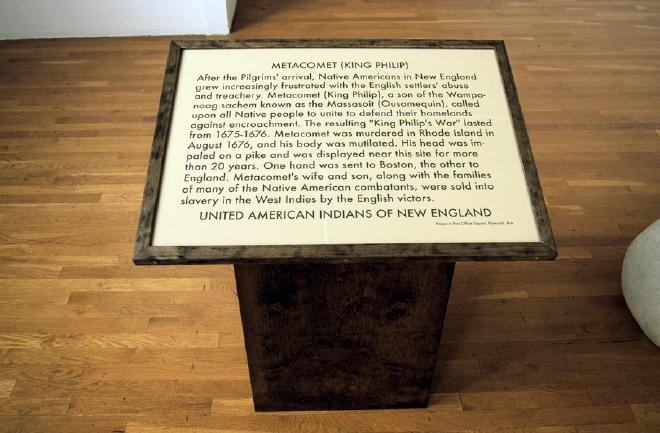
Mixed media: fiberglass, wood, steel, polyurethane, synthetic hair, fur, synthetic fur, leather, acrylic
Dimensions vary;
Photo credit: John Paul Doguin
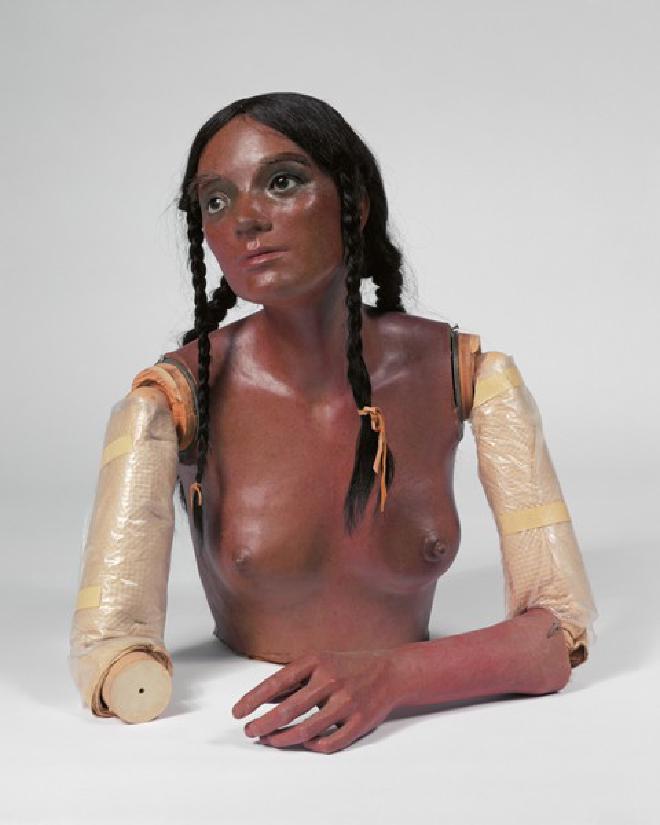
C-print
60″ × 48″
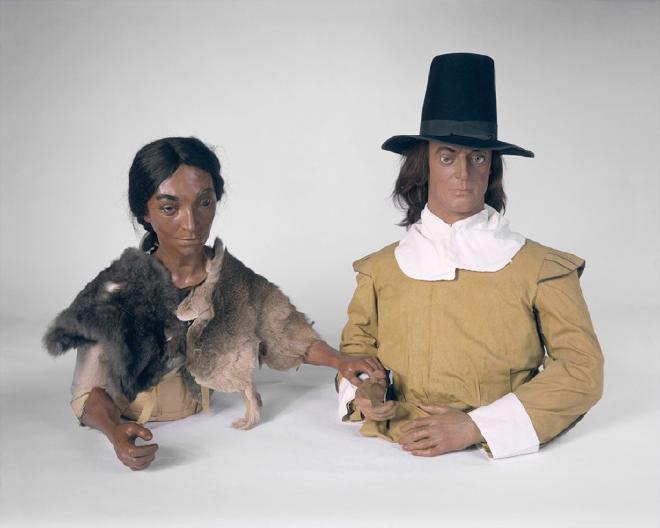
C-print
48″ × 60″
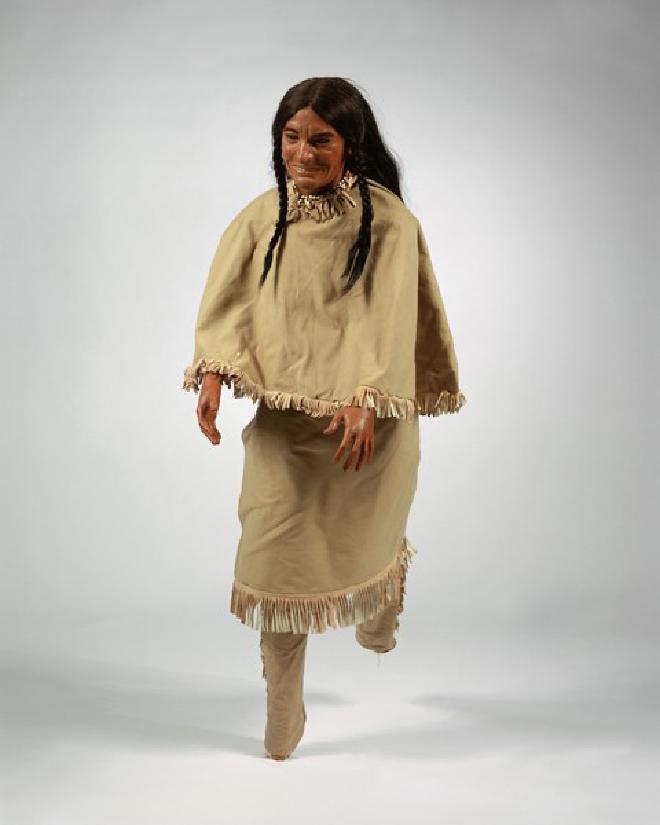
C-print
60″ × 48″
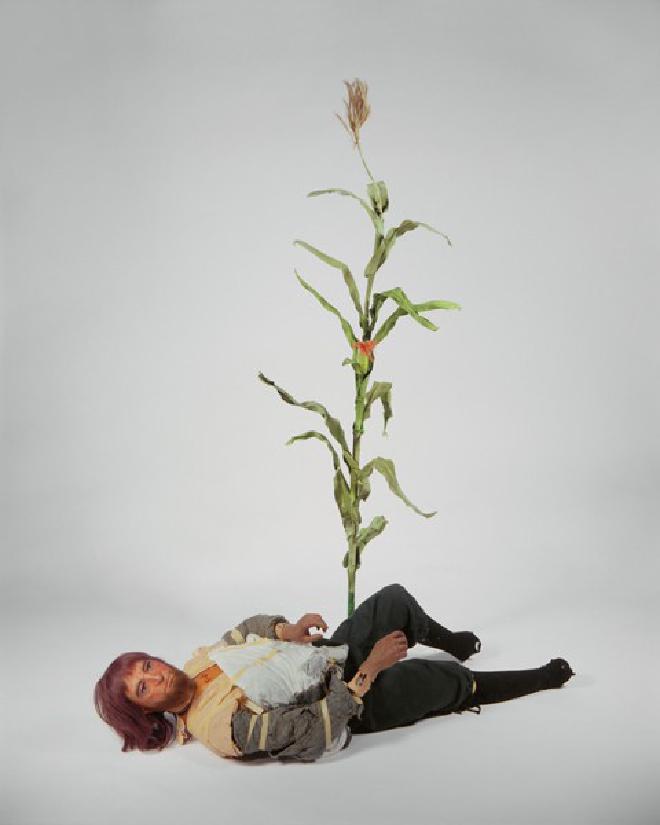
C-print
60″ × 48″
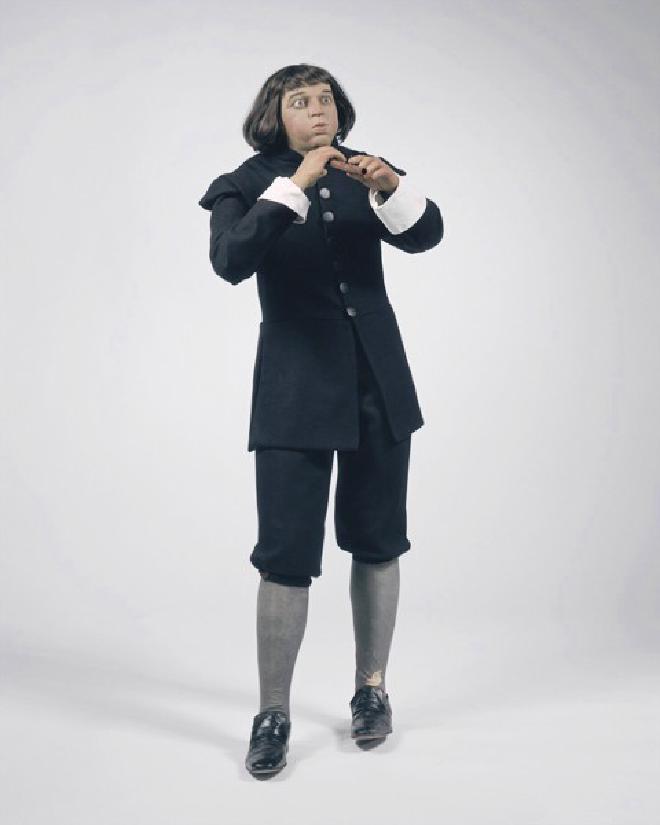
C-print
60″ × 48″
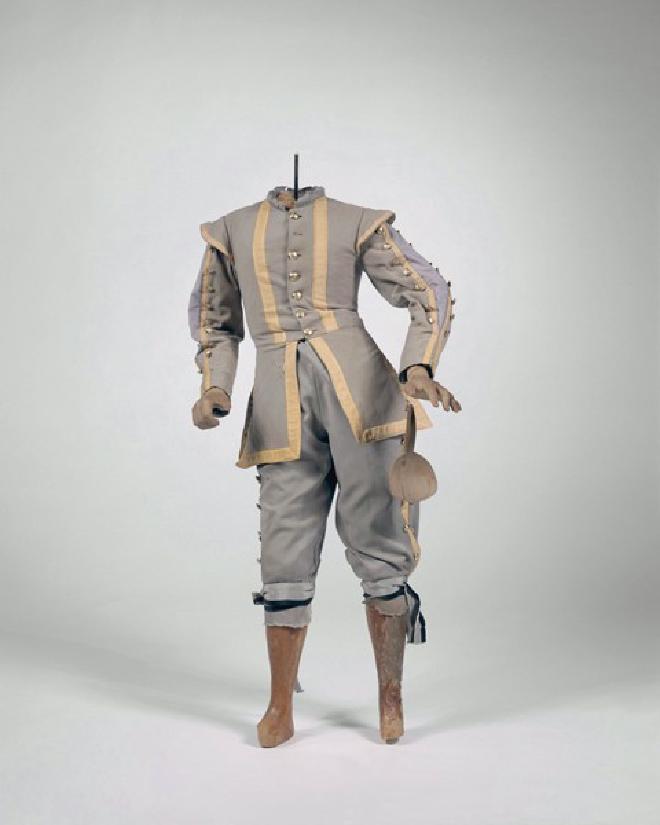
C-print
60″ × 48″
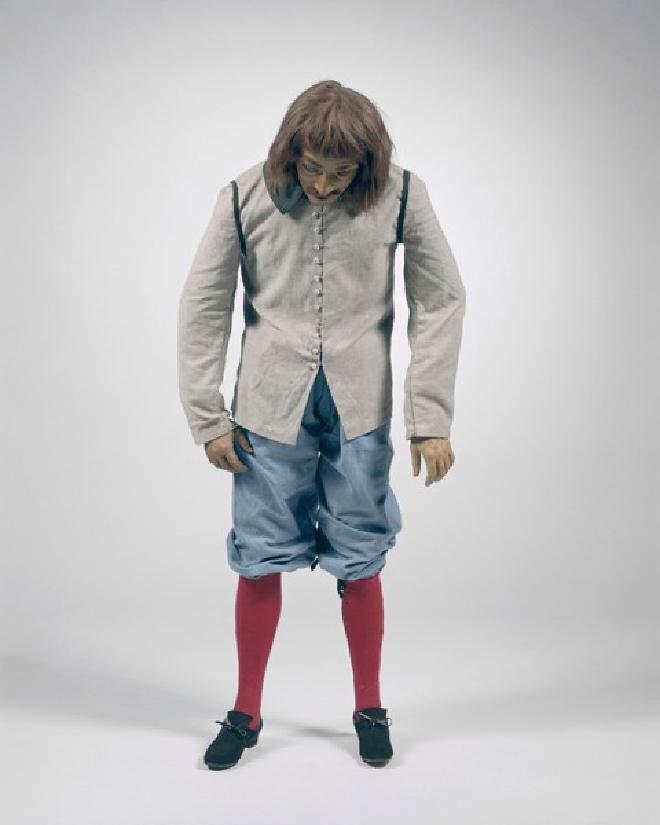
C-print
60″ × 48″
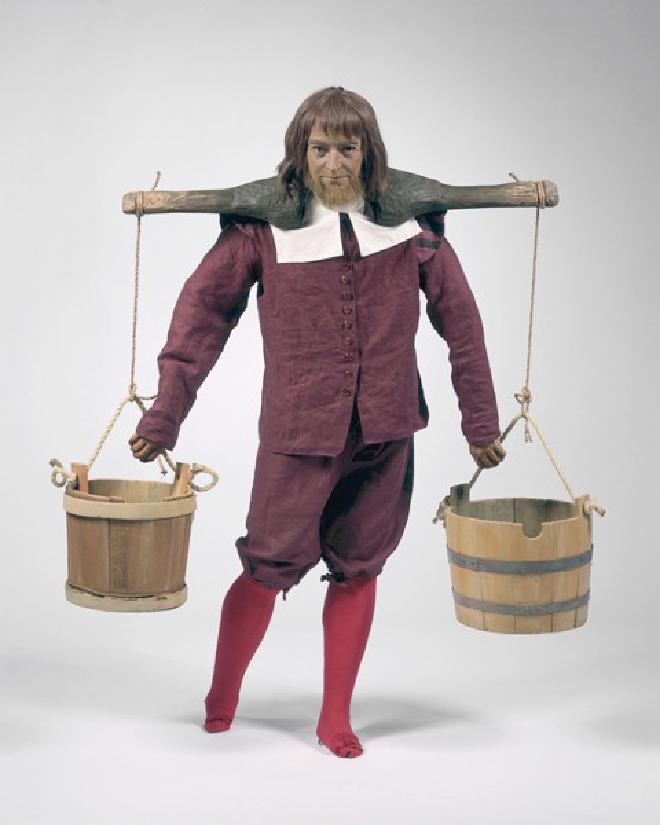
C-print
60″ × 48″
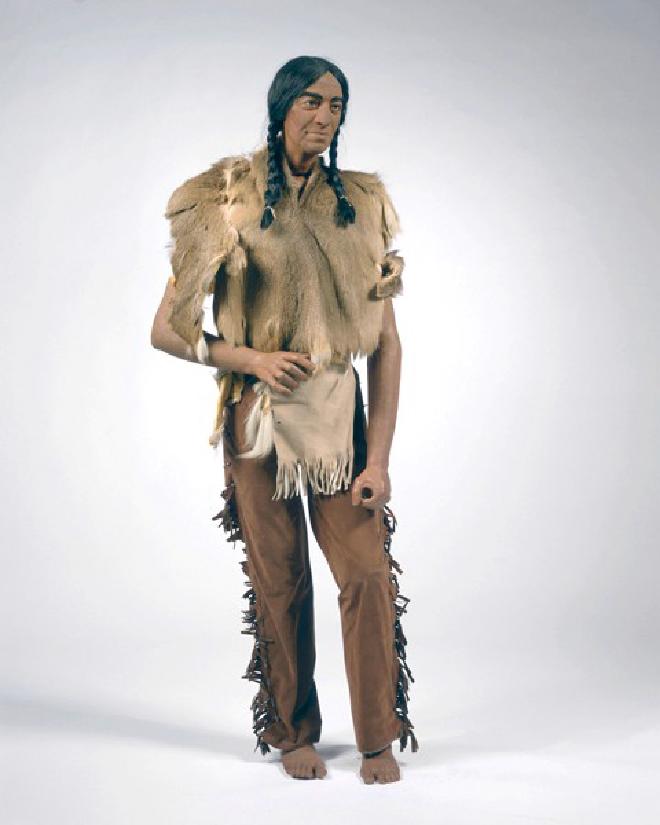
C-print
60″ × 48″
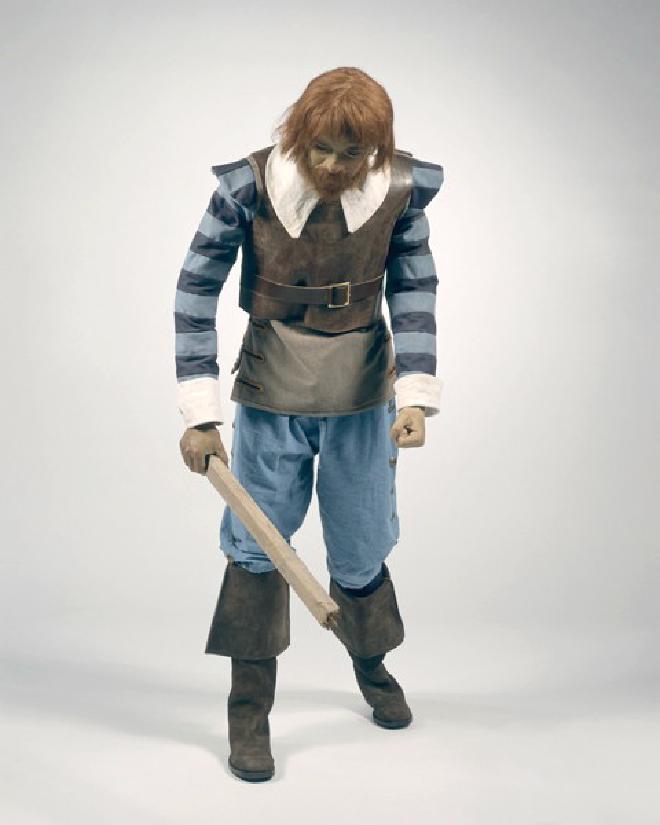
C-print
60″ × 48″
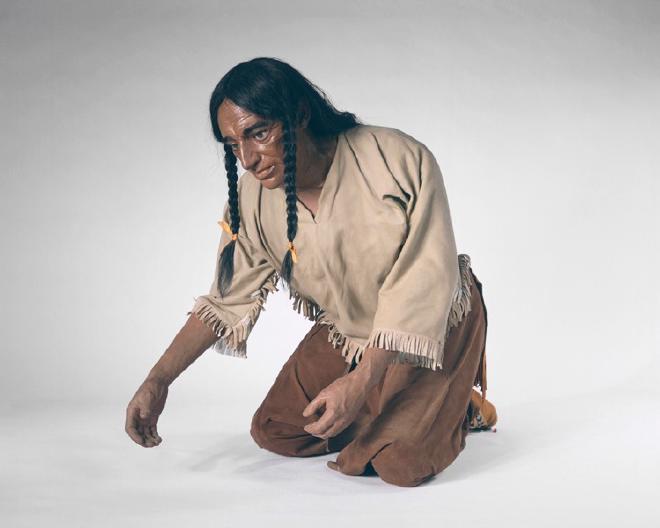
C-print
48″ × 60″
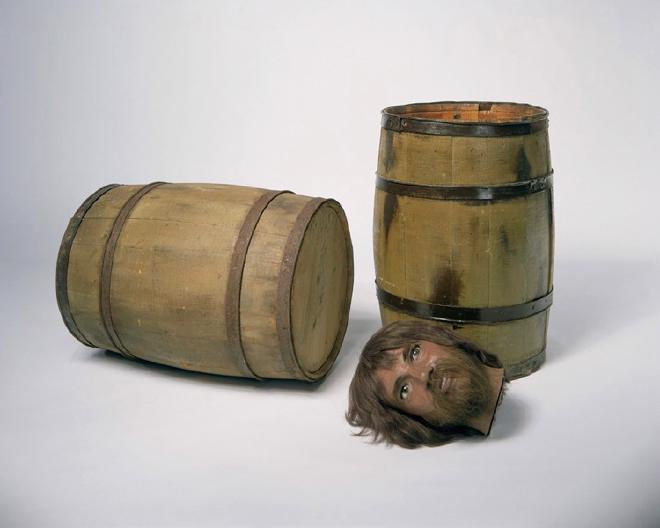
C-print
40″ × 50″
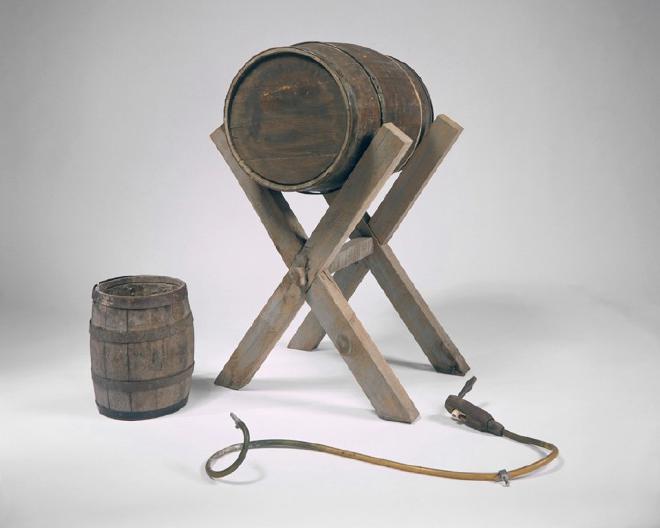
C-print
40″ × 50″
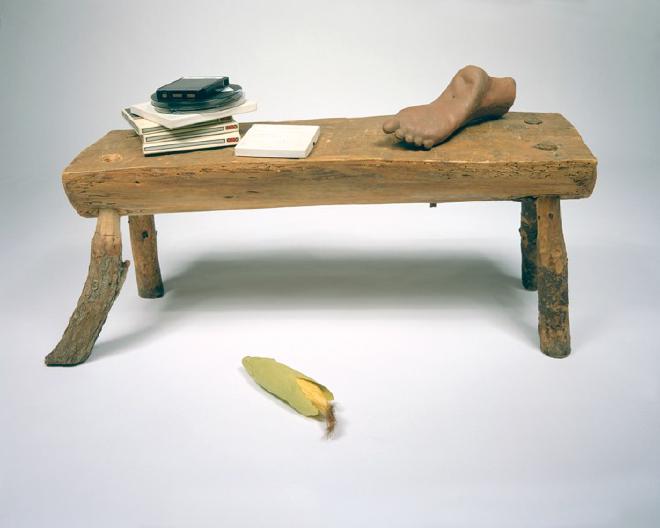
C-print
48″ × 60″
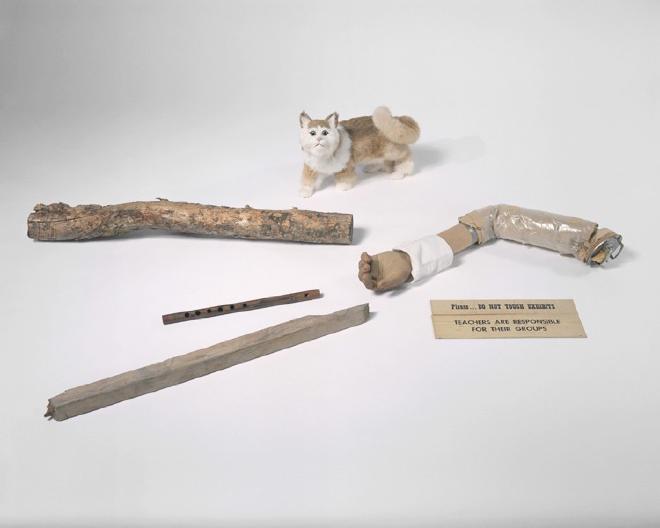
C-print
40″ × 50″
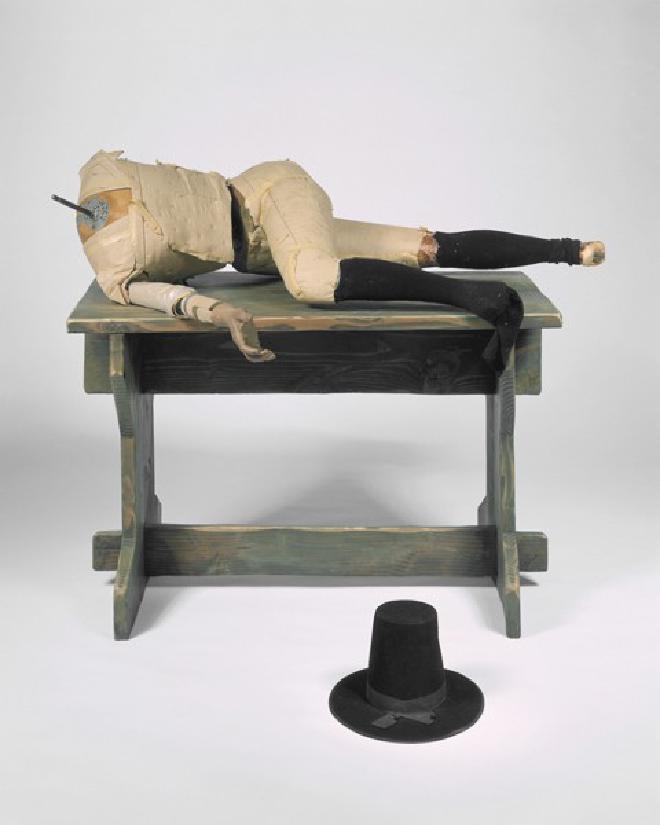
C-print
50″ × 40″
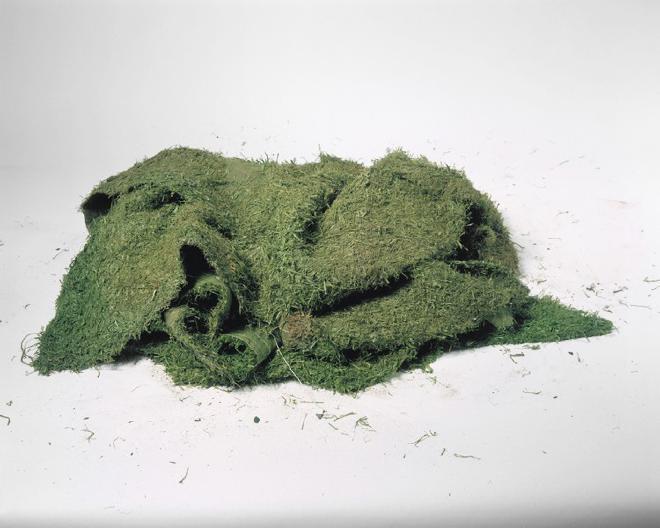
C-print
40″ × 50″
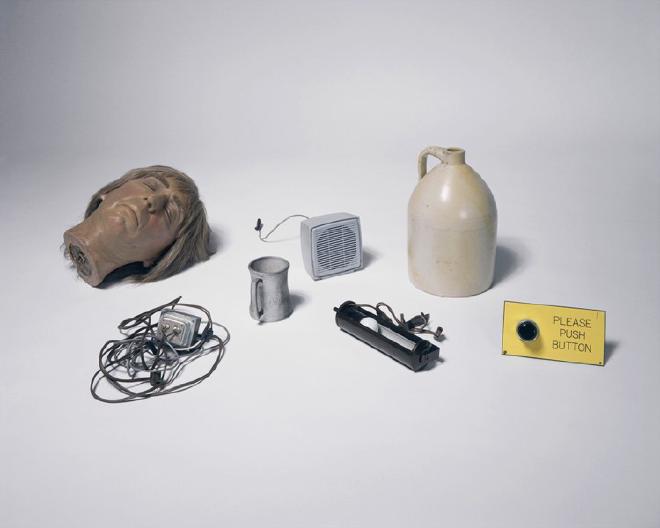
C-print
40″ × 50″
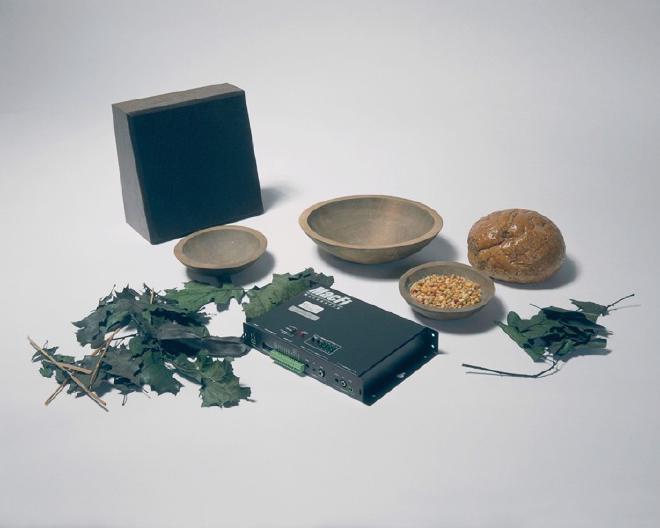
C-print
40″ × 50″
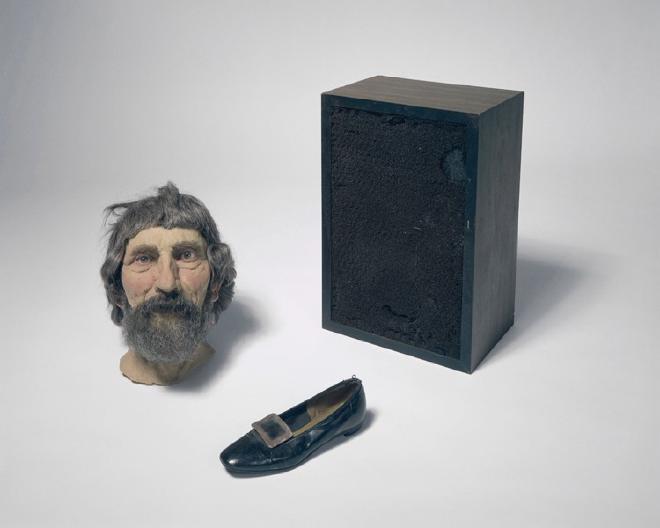
C-print
40″ × 50″
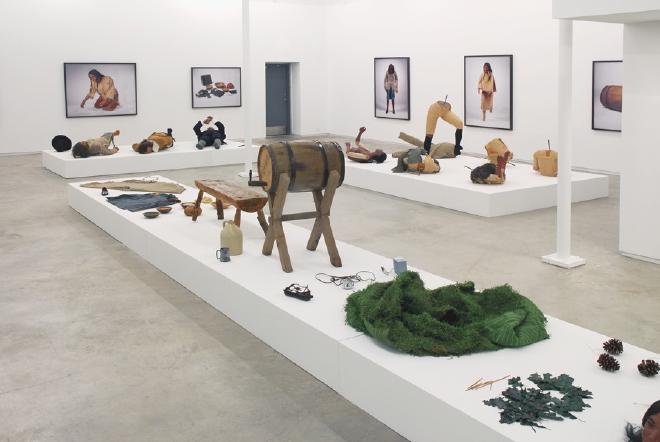
Mixed media
Dimensions vary
Photo credit: Scott Massey
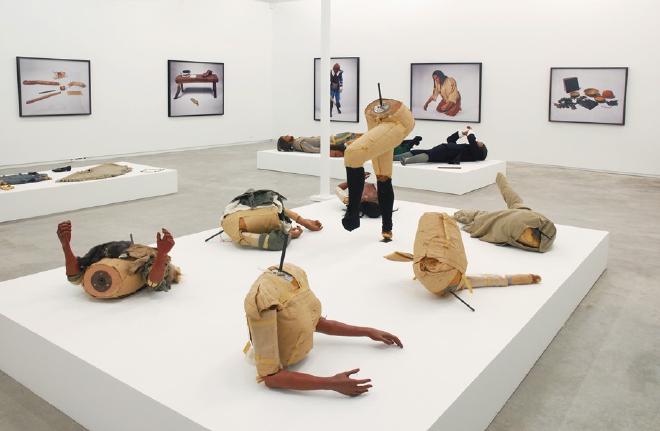
Mixed media
Dimensions vary
Photo credit: Scott Massey
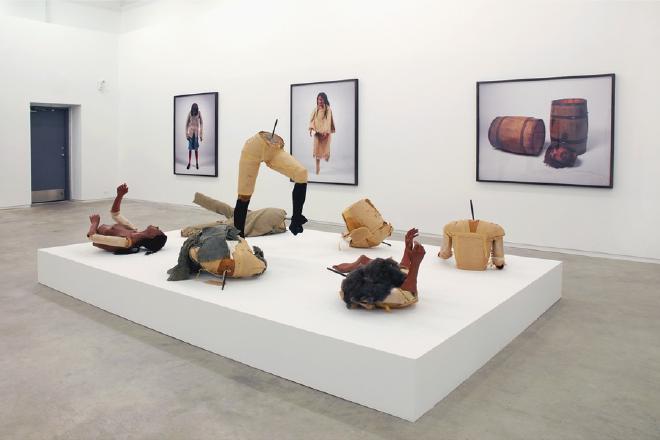
Mixed media
Dimensions vary
Photo credit: Scott Massey
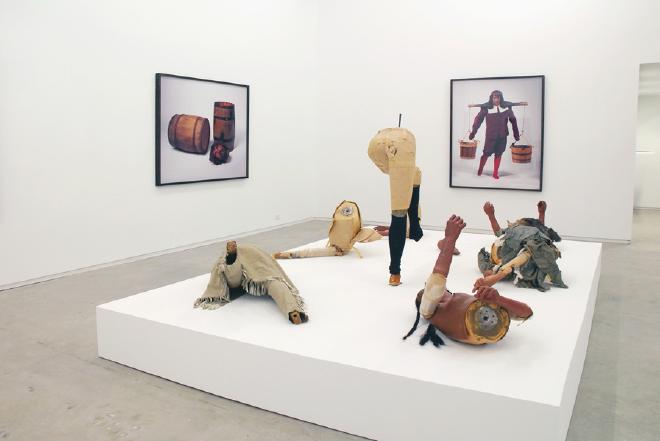
Mixed media
Dimensions vary
Photo credit: Scott Massey
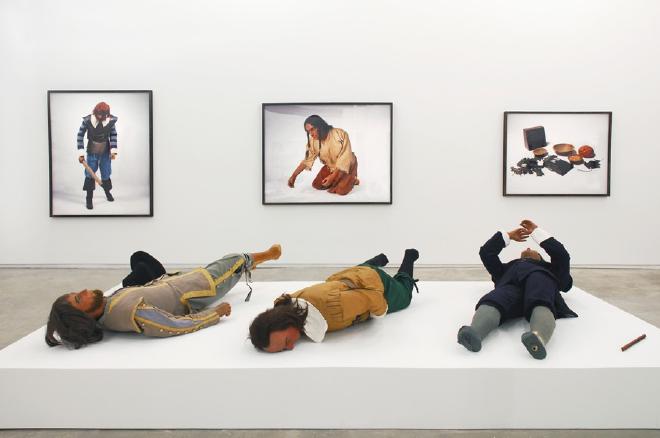
Mixed media
Dimensions vary
Photo credit: Scott Massey
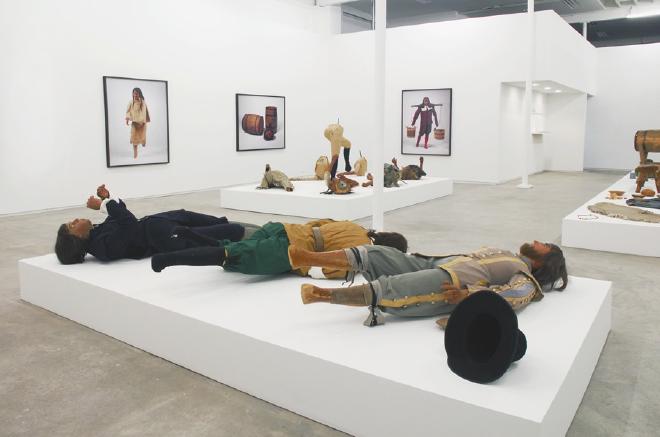
Mixed media
Dimensions vary
Photo credit: Scott Massey
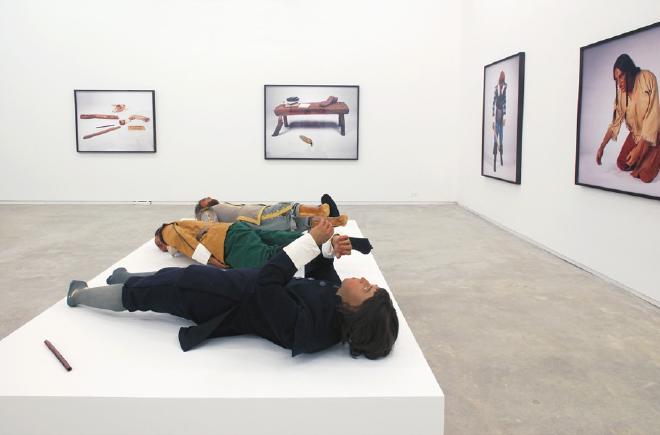
Mixed media
Dimensions vary
Photo credit: Scott Massey
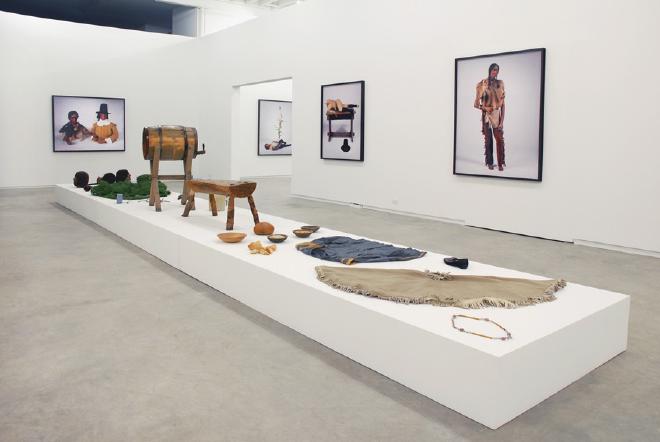
Mixed media
Dimensions vary
Photo credit: Scott Massey
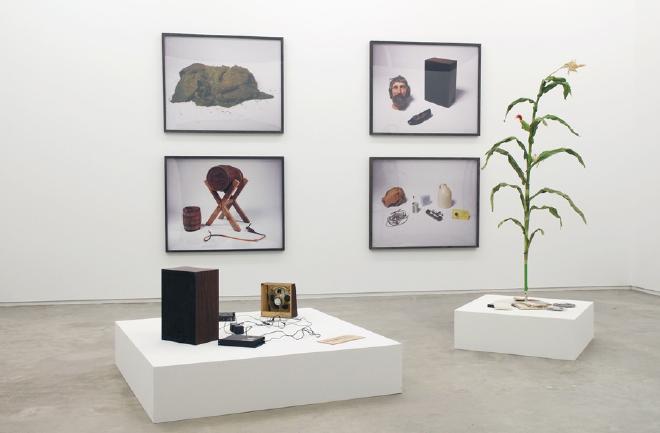
Mixed media
Dimensions vary
Photo credit: Scott Massey
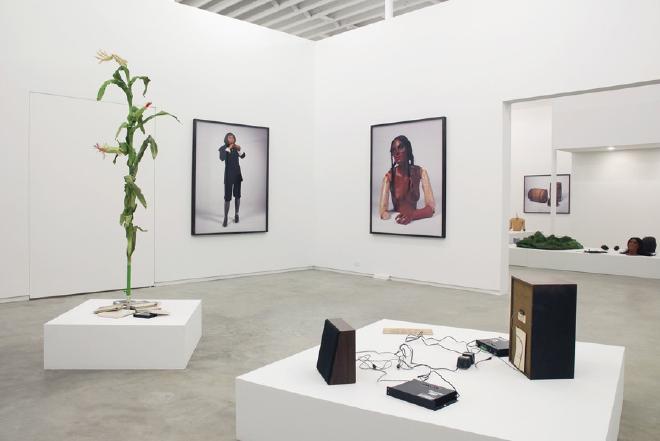
Mixed media
Dimensions vary
Photo credit: Scott Massey
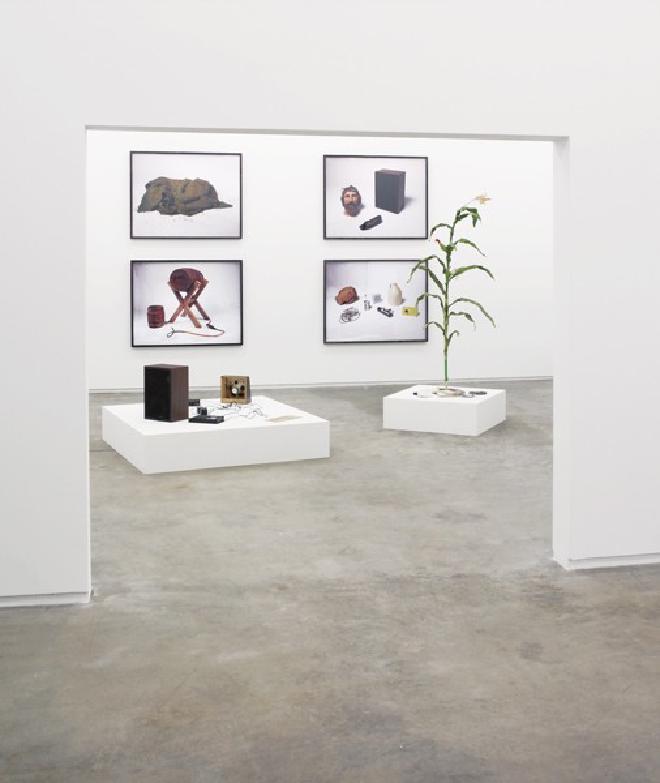
Mixed media
Dimensions vary
Photo credit: Scott Massey
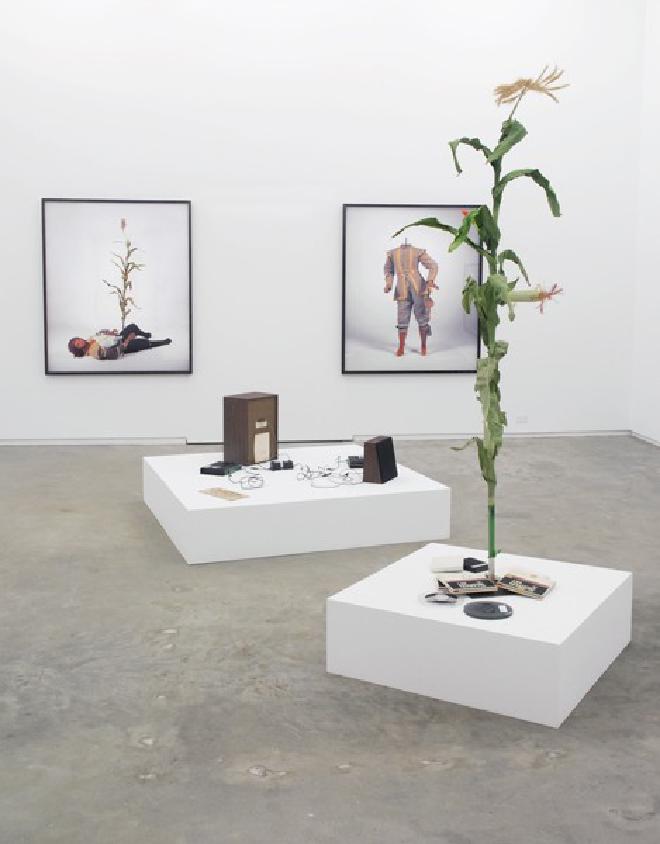
Mixed media
Dimensions vary
Photo credit: Scott Massey
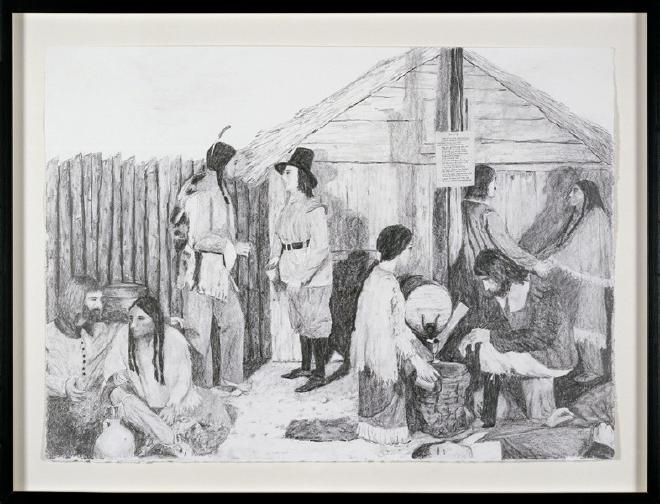
Graphite on paper
22″ × 30″
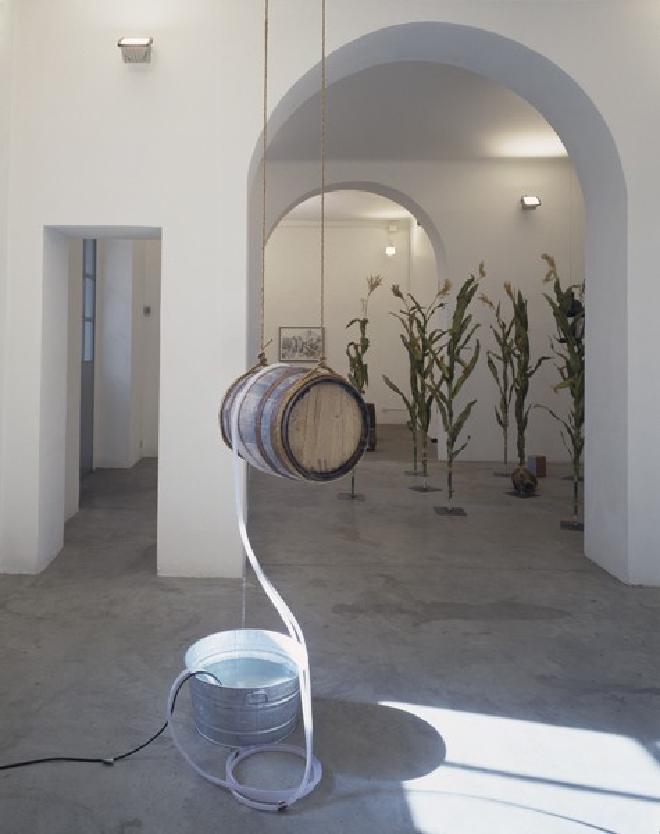
Mixed media
Dimensions vary
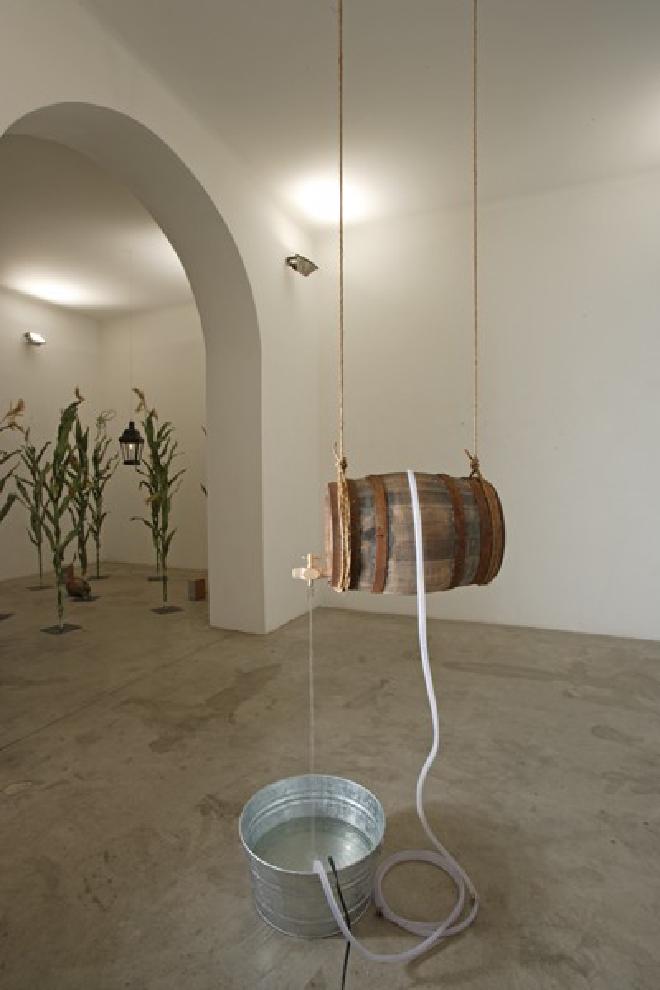
Mixed media
Dimensions vary
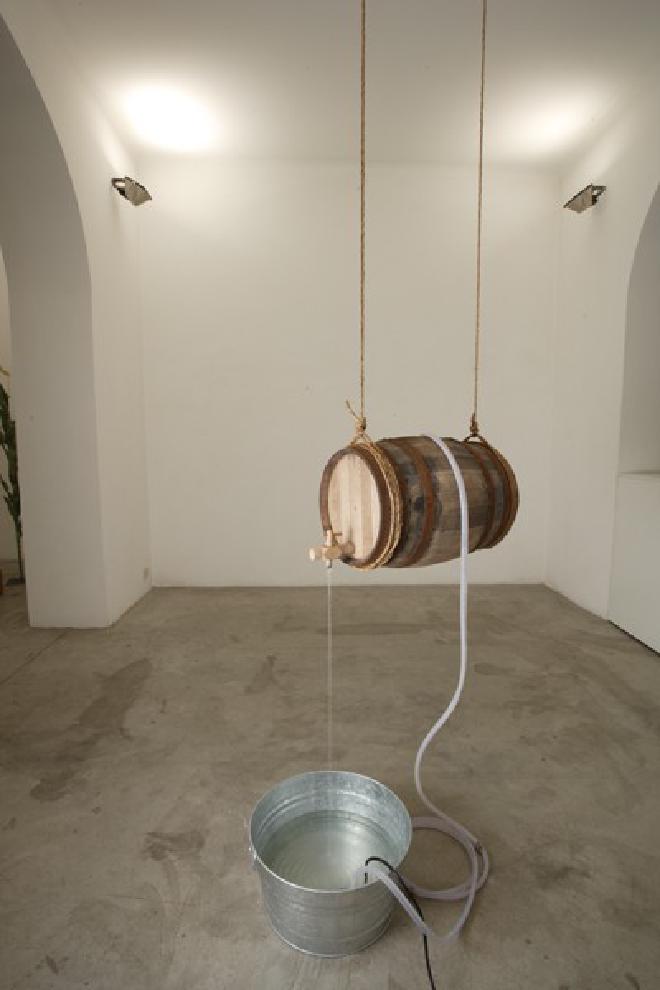
Oak, steel, rope, submersible pump, plastic
55″ × 34.5″ × 27.5″
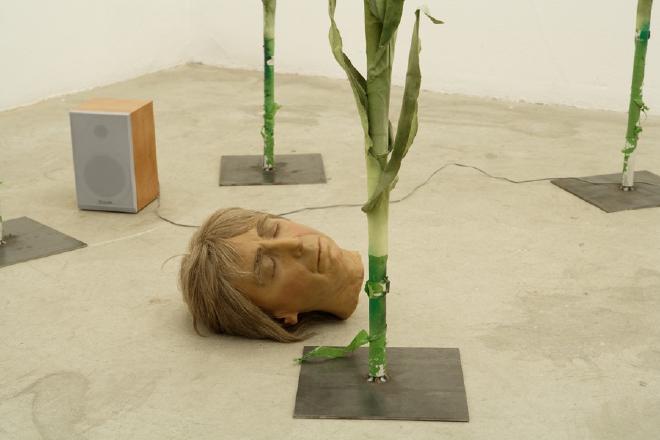
Paper, wire, PVC pipe, steel, lantern, glass, candle, polyurethane, fake hair, audio, CD player, speakers
Dimensions vary

Paper, wire, PVC pipe, steel, lantern, glass, candle, polyurethane, fake hair, audio, CD player, speakers
Dimensions vary
**
**
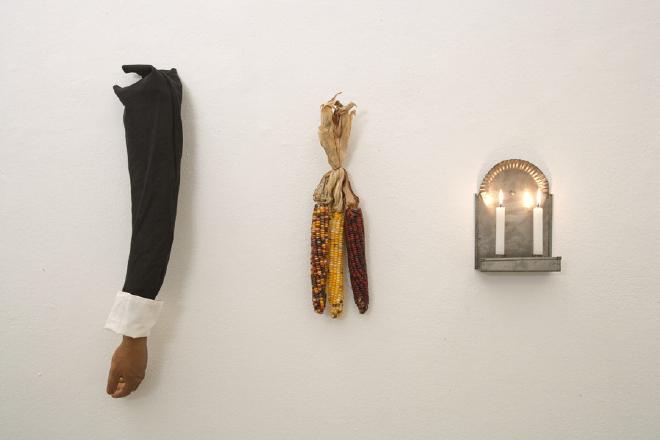
Polyurethane, steel, wood, fabric, indian corn, candles
29.5″ × 38.5″ × 5″
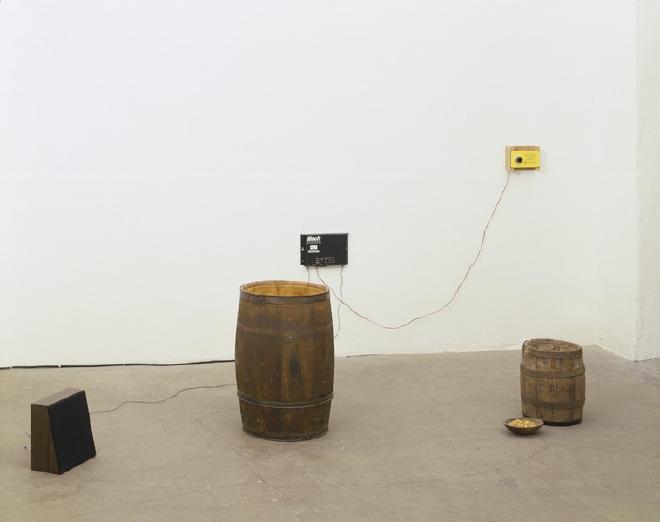
Wood, steel, polyurethane, fake hair, electrical components, audio, digital sound module, speaker
43″ × 98.5″ × 59″
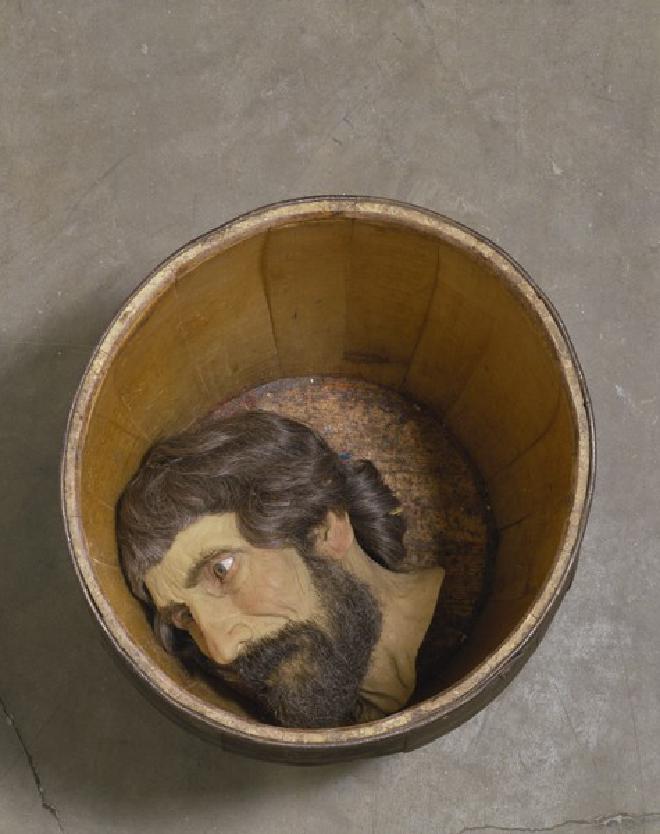
Wood, steel, polyurethane, fake hair, electrical components, audio, digital sound module, speaker
43″ × 98.5″ × 59″
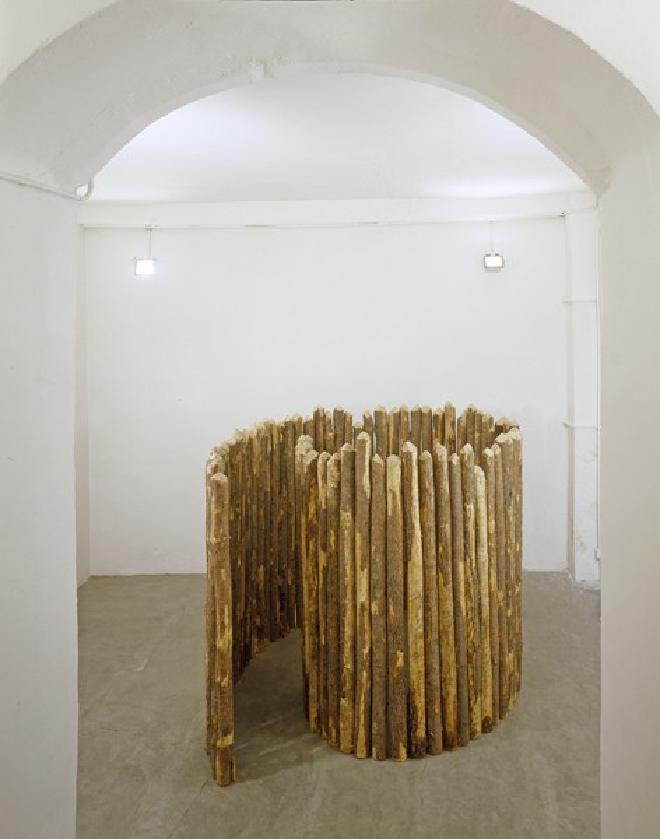
Wood, steel
79″ × 86.5″ × 98.5″
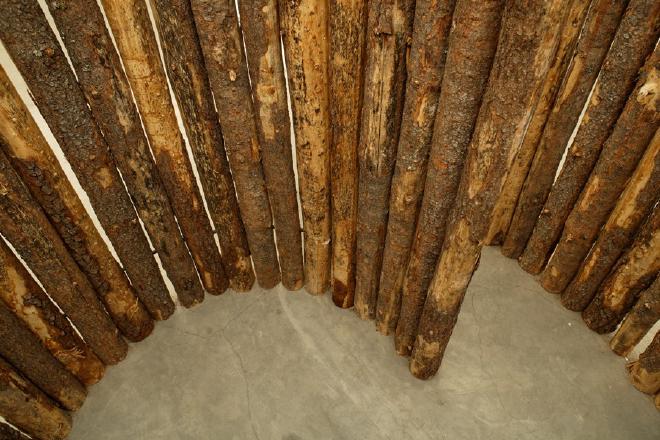
Wood, steel
79″ × 86.5″ × 98.5″
Text #
The works in Scenes from the Pilgrim Story: Myths, Massacres and Monuments are addressed primarily to white, euro-ethnic Americans, although hopefully others will also find them of interest. The project’s central function is to put the mythology of the Pilgrim Story and the interests it serves into a comparative relationship with history. Works set this comparative stage in different ways; by underscoring particularly problematic aspects of the Story, by foregrounding aspects that are normally omitted from the Story, and by representing events as they were experienced and written about by those on the other side of this history - namely Native Americans. Beginning with the English Pilgrim’s migration to Holland and subsequent journey to North America in 1620 the works examine the historical record as it’s been constructed by various institutions in and around the town of Plymouth, in particular the Plymouth Rock. Another focus is Indian-settler relations from the landing in New England in 1620 to King Phillip’s War in 1675-76.
I acquired one of the scenes from the now defunct Plymouth National Wax Museum in Plymouth, MA. The was museum purported to tell the story of the English Pilgrims journey to Massachusetts and the establishment of their Plymouth Colony. The scene I acquired was entitled “Merry Mount” and depicts a dissident pagan community started by Thomas Morton. Merry Mount was intolerable to the Pilgrims as Morton’s followers treated Indians as equals and encouraged indentured servants to bread their bondage and live in Merry Mount. Eventually the Pilgrims destroyed the colony and sent Morton back to England.
After receiving all the figures and parts form the wax museum I set them up in the studio and photographed them against a white ground. The style of the photos refers to western ethnographic practices of recording “primitive” or “indigenous” artifacts and objects for study. Here the figures and objects depicted are obviously fake, raising questions about authenticity, objectivity and historical truth. A similar formal logic was used for the Merry Mount photo series, the figures and props are categorized by “type” and layer out on platforms for viewing.